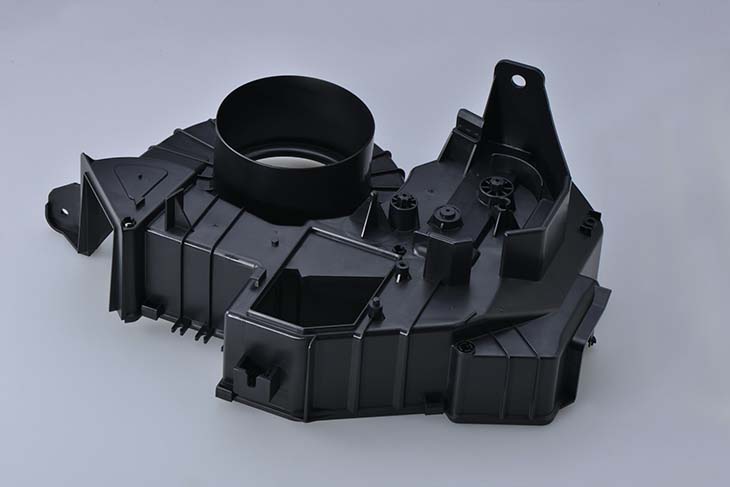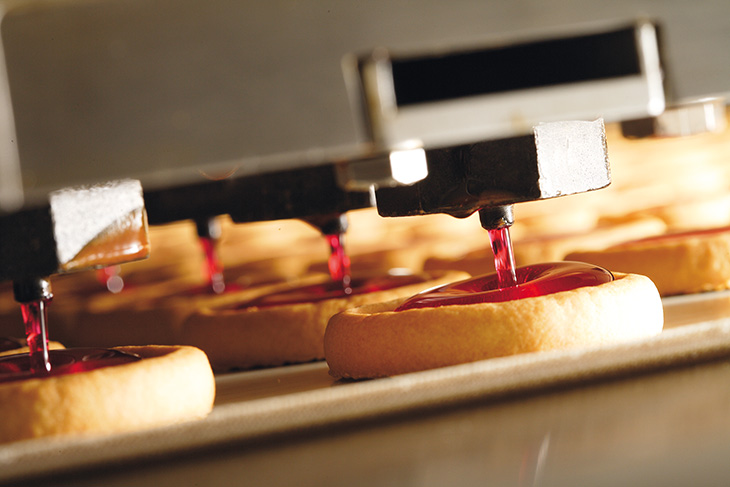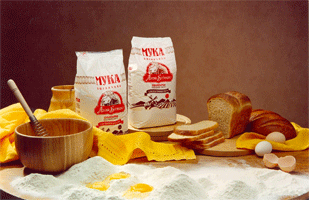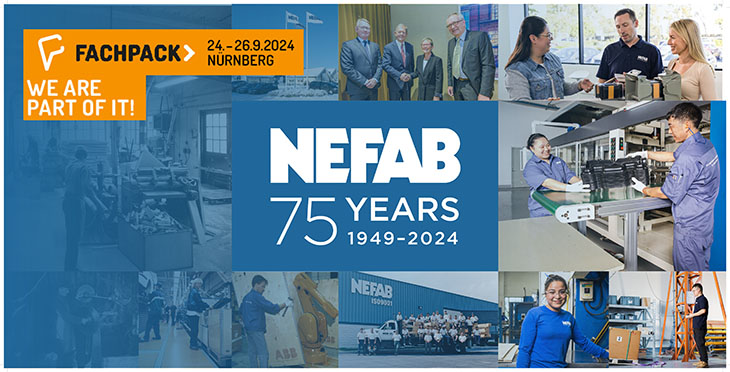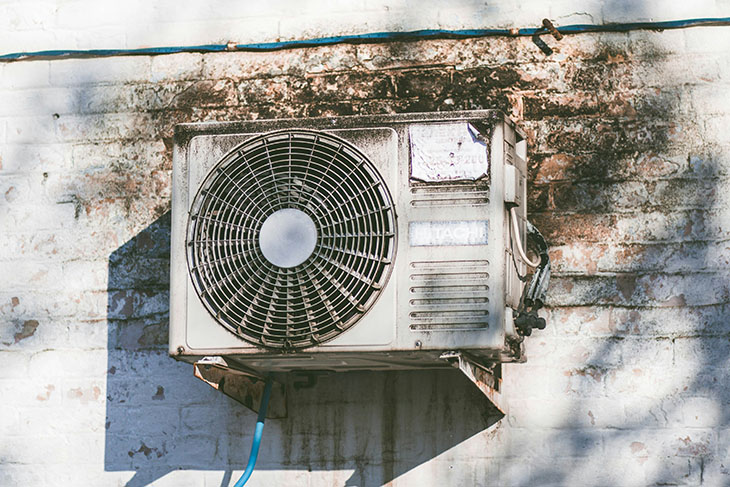Manufacturing high-quality products relies on finding the best materials for the job at hand. While that can vary widely, medical-grade silicone is an optimal choice for many products across industries and end-uses.
It’s easy to take silicone for granted because of its availability. Despite not being particularly rare or new, though, medical-grade silicone is nothing short of a manufacturing marvel. Understanding what makes this material so special is the first step to capitalizing on its vast potential.
Versatility
One of the most advantageous qualities of silicone is its versatility. Even under the “medical-grade” umbrella, this material comes in many types and forms. It can be soft or firm, solid, liquid or a gel, adhesive or repellant or carry other unique qualities to serve different uses.
This versatility means you can use the same base material in multiple products with varying applications. Consequently, you can reduce supply chain complexity and lower your overall resource acquisition costs. As raw material prices rise, those benefits become increasingly crucial.
In some cases, you can capitalize on silicone’s versatility without sourcing different types. How you process these polymers can affect their mechanical and chemical properties. This approach lets you accomplish more and serve a greater variety of end needs without needing multiple suppliers or complex material orders.
Resilience
Medical-grade silicone is also highly resilient against many outside factors. It’s hydrophobic, resistant to high and low temperatures, flame retardant, UV resistant and can retain its shape after withstanding extreme physical stresses.
All of these properties mean silicone does not break down as easily as other materials. That makes it an excellent choice for high-stress applications like automotive, aviation or medical products. It also means silicone is a more sustainable alternative to plastics despite not being biodegradable, as it won’t degrade and pollute its environment.
Med-grade silicone is even more resistant to degradation and chemical interactions, so much so that it’s implantable in the human body. This material is inert, so it won’t react with the human body and is hypoallergenic, making it ideal for medical or health-adjacent applications.
Workability
Some materials’ high resistance comes at the cost of their workability. That’s not the case with medical-grade silicone, thanks to its flexibility, tensile strength and the way it can change qualities under different processing conditions. Consequently, it enables lower-cost, higher-efficiency manufacturing processes.
Depending on the specific grade, silicone can withstand between 200 to 1,500 psi of pressure. In a manufacturing context, that means you can stretch or compress it to extremes without tearing or cracking. Molding it into a specific shape without risking material loss becomes easier as a result.
While many people may be most familiar with silicone as a semi-rigid rubberlike material, you can process it as a fluid. Liquid silicone rubber (LSR) lets you use high-efficiency processes like injection molding to work with this material. Because LSR also cures under heat quickly, it often enables shorter cycle times than other types of molding.
Working With Medical-Grade Silicone
Experiencing these benefits to their fullest starts with selecting the right kind of silicone for your needs. “Medical-grade” isn’t a specific designation, as the FDA accepts at least five different types of silicone, so it’s important to review industry-specific standards to determine the particular grade you need. Generally speaking, medical applications require USP Class VI silicone polymers, while less critical products can use less stringent standards.
Specific grades also come in various types, suiting different use cases. LSR is among the most common and is the best choice for injection molding. High-consistency rubber (HCR) is less moldable but provides firmer end products ideal for high-stress applications. Alternatively, if you need a softer, more flexible component, consider room-temperature vulcanizing (RTV) silicone.
Once you’ve selected a material, you should refine your production and post-processing practices. Ensure all molds ensure uniform silicone thickness, prevent leakage and can withstand any necessary curing temperatures. Along those lines, determine the temperature and speed of the curing process according to your silicone type. Both curing and molding should be as consistent as possible, so automation and real-time data analytics may be necessary.
Some medical-grade silicone applications may need additional curing or heat sanitization. Keep these requirements in mind when choosing materials and designing production workflows. Regularly test your silicone products and these processes to ensure they stay within acceptable parameters.
Automating your quality control processes can help. Some automated quality control systems have reduced turnaround times by seven minutes and cut certain error rates by more than half. This precision and speed make it easier to ensure your silicone production processes meet standards sufficient for the quality of this material.
Manufacturers of All Types Can Benefit from Silicone
There’s no single material that outperforms all others in every use case. However, medical-grade silicone may be as close to that as modern manufacturers can get.
Med-grade silicone polymers are versatile, resilient against many kinds of external forces and highly workable. These characteristics make it an ideal fit for many products across different industries. Recognizing this potential could be a crucial step in optimizing your part quality and production efficiency.









